Did you know this about Lucia? Lucia is a great tradition and a very Swedish holiday. However, the background to the celebration is very diverse - and therefore interesting! Here we present 15 exciting facts about Lucia.
Table of contents
Facts about Lucia
Over the years, St Lucia has been both Christian and non-Christian, atmospheric and lively, popular and highbrow. We have delved deep into the celebration, mainly through information from the Nordic Museum, but also through Wikipedia and other sources. Here we go - facts about Lucia!
1. St Lucia was executed in the 3rd century.
Lucia was a devout Catholic who lived in Syracuse in Sicily at the end of the 2nd century. Christianity was a punishable offence in Roman times, and Lucia was executed in the early 300s for her faith. Her martyrdom subsequently made her a saint.
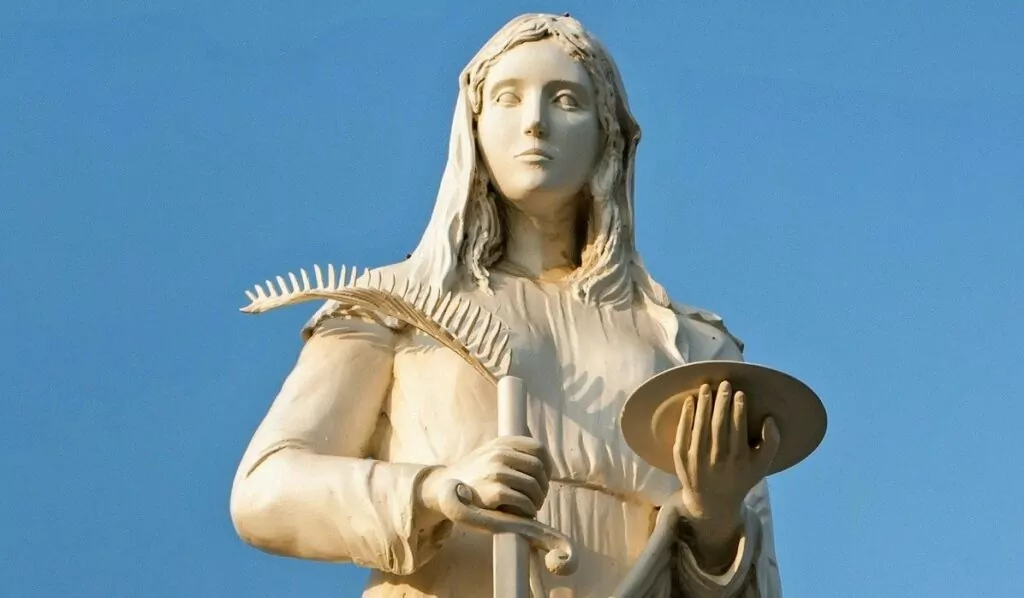
2. Lucia celebrations may have pre-Christian roots
Already in pre-Christian times, people celebrated the changing of the seasons. The winter solstice, once thought to occur on 13 December, was regarded as the beginning of midwinter. Perhaps the custom of a luminous female figure may have originated with a pagan goddess of light, who was invoked to bring light to the darkness.

3. St Lucia's night was once considered a supernatural night.
The idea of St Lucia's night being the longest of the year was linked to the older calendar, and even though the winter solstice was moved in 1753, this night continued to be seen as special. In the popular imagination, St Lucia's night was dangerous and full of supernatural creatures. On this night, animals could talk and it was not safe to go outside.

4. the Star Boys have their roots in medieval church games
A Swedish star boy is usually dressed in white, with a cone on his head and a stick with a star in his hand. This spectacle has its roots in an old medieval church play, which dramatises the Christmas gospel and tells the story of the three wise men who followed the Star of Bethlehem to the birthplace of Jesus.

5. Today's Lucia celebrations have their origins in western Sweden.
Today's Lucia celebrations have their origins in western Sweden. At the end of the 19th century, there was a popular local tradition of holding a lively, carnival-like procession on 13 December. The procession was made up of lusse brides, lusse women and lusse men.

6. Lucian may be inspired by Germany's Christkindlein
At the beginning of the 19th century, a tradition emerged in wealthier western Swedish families whereby a woman on the farm would dress in white and wear a candle wreath in her hair. The tradition is believed to have been borrowed from Germany, where a girl was dressed up as the Christkindlein (baby Jesus), with lit candles in her hair representing a halo.
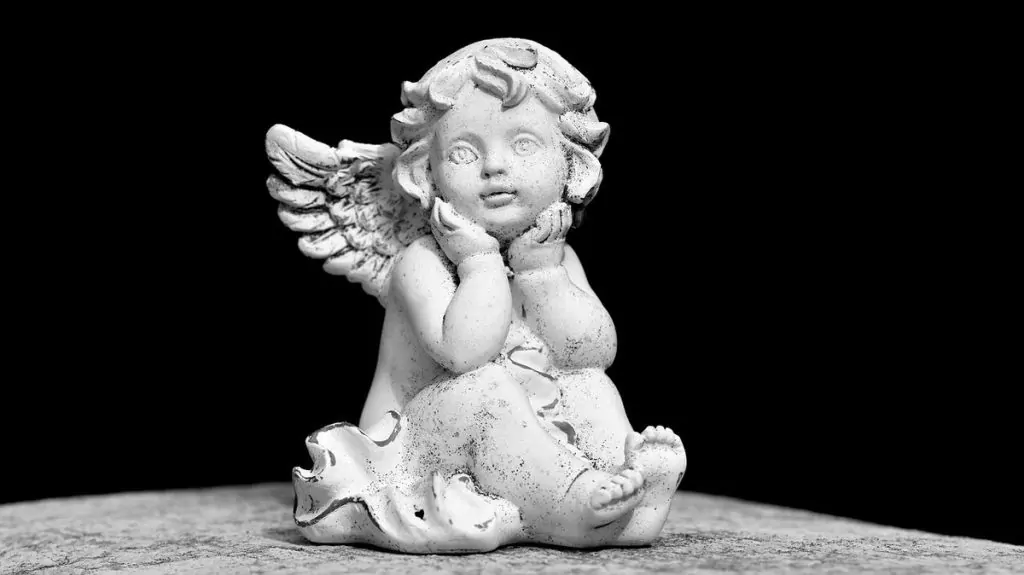
7. Skansen has helped to spread and develop the Lucia tradition.
Skansen has played a major role in spreading and shaping the modern Swedish Lucia celebration. In 1892, Skansen began organising Lucia celebrations to showcase local Swedish festive customs. At this time, the phenomenon was still relatively unknown to ordinary Stockholmers.
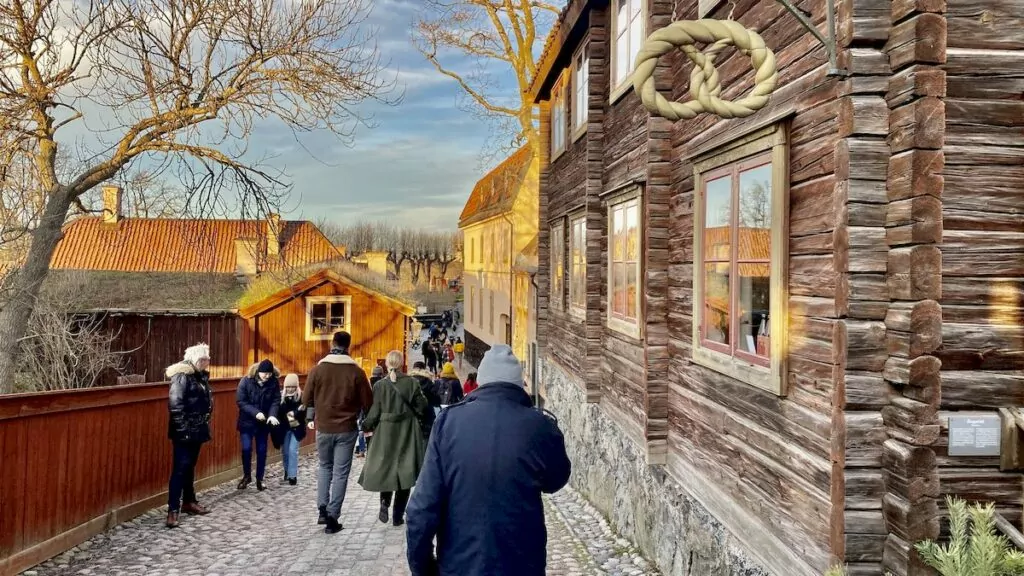
8. today's Solemn Lucia processions only became common in the 1950s.
The solemn Lucia procession that we are used to seeing today only became common in the 1950s. Since then, beautiful processions with a white-clad Lucia and accompanying bridesmaids and star boys have been seen.
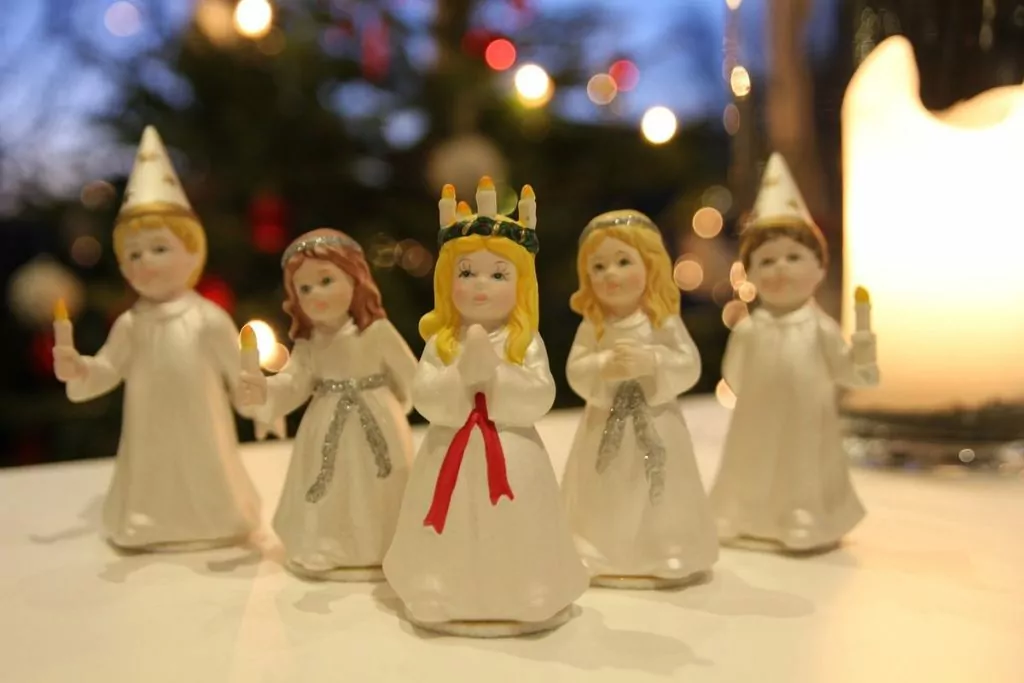
9. both women and men have been Lucias
In recent times, it has been traditional for a woman to take on the role of Lucia, and when Åhléns let a dark-skinned little boy be Lucia in an advertising campaign a few years ago, there was both a storm of hate and a storm of love at the same time. But the fact is that men have also played the role of Lucia in the past.
According to the Nordic Museum, male students were Lucians at universities in the 18th and 19th centuries. According to the same source, the first known Lucian with candles in his hair was a farm boy at Skinnskatteberg Manor in Västmanland.
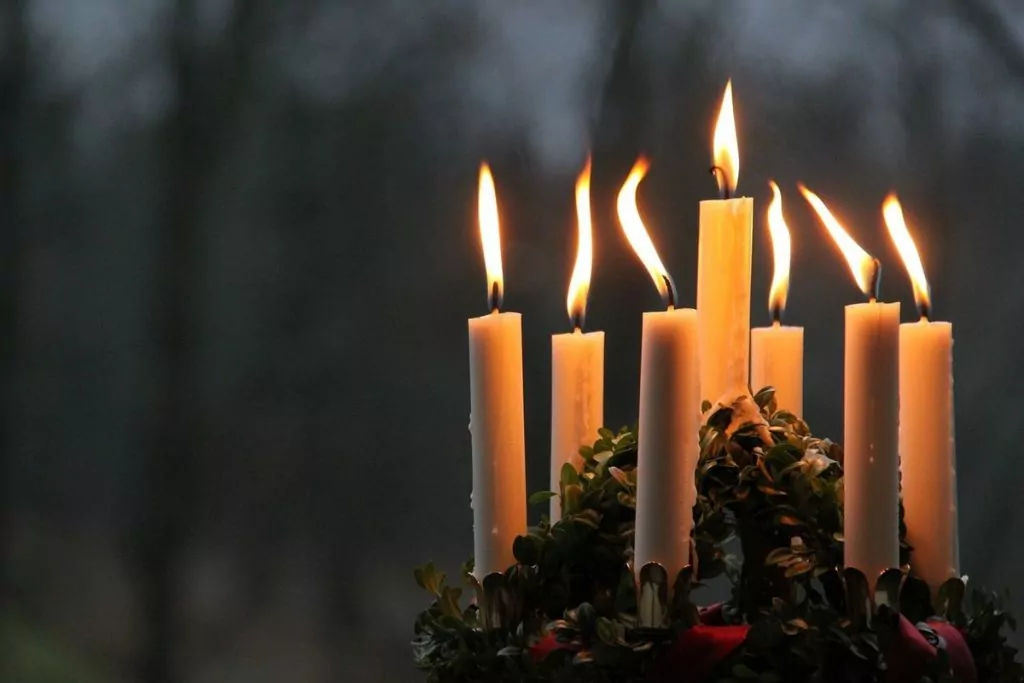
10. Staffan Stalledräng was a martyr - but maybe not a Stalledräng!
Staffan Stalledräng, who is sung about in the songs, was actually the deacon and martyr St Stephen (Stefanos) who died in the Jerusalem around 35 AD. He may never have been a stable boy, but when the legends were brought to the Nordic countries, the link to horses was strengthened to make the stories resonate with Nordic people. In Nordic tradition, the horse was important and at Christmas it was important to take extra care of your horses.

11. Lussekatters are inspired by Germany and the Netherlands.
In the 17th century, a sweet Christmas bread called 'duivekater' was probably exported from Germany and the Netherlands. In Swedish it sounded like devil's cats... When the pastry was later linked to the Lucia celebrations, it was named lice cats.
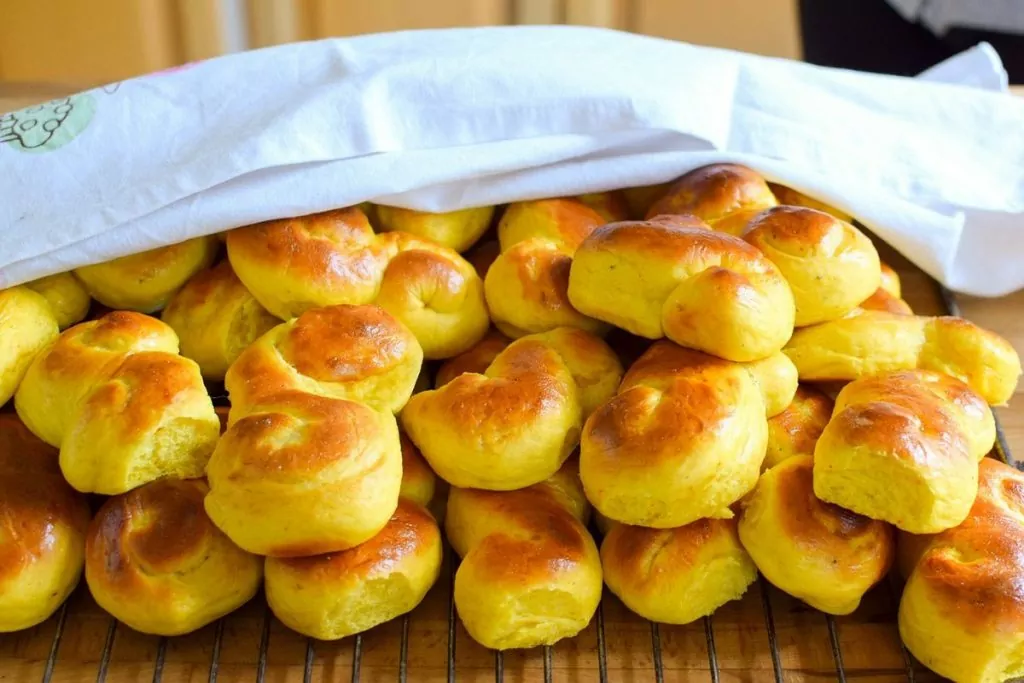
12. The saffron in lussebullarna was added in the 19th century.
Lussekatter, or lussebullarna, were baked for a long time without the addition of saffron. It was only at the end of the 19th century that the pastry began to be gilded with the exclusive spice.

13. The name Lucia can be associated with light ... or the devil
The name Lucia is related to the Latin "lux" meaning light, but in popular tradition it was associated with Lucifer, the devil. Another figure associated with Lucia is "Lussi", a kind of witch or demonic female creature who came riding through the air accompanied by her companion "Lussiferda".

14. Lucia celebrations have spread to several countries
The Swedish Lucia celebration has spread beyond the country's borders, especially to our Nordic neighbours. In Finland, the celebration is most popular among the Swedish-speaking minority. Lucia is also celebrated by, for example, emigrant settlers in the United States and Swedes living abroad in, for example, Spain.

15. A Lucia competition in 1928 brought attention to the tradition.
In 1928, Stockholms Dagblad organised a competition in 1928, where the winning Lucian used electric lights in the Lucia crown. After this, more newspapers joined in, and the Lucia celebration became increasingly recognised in the media.
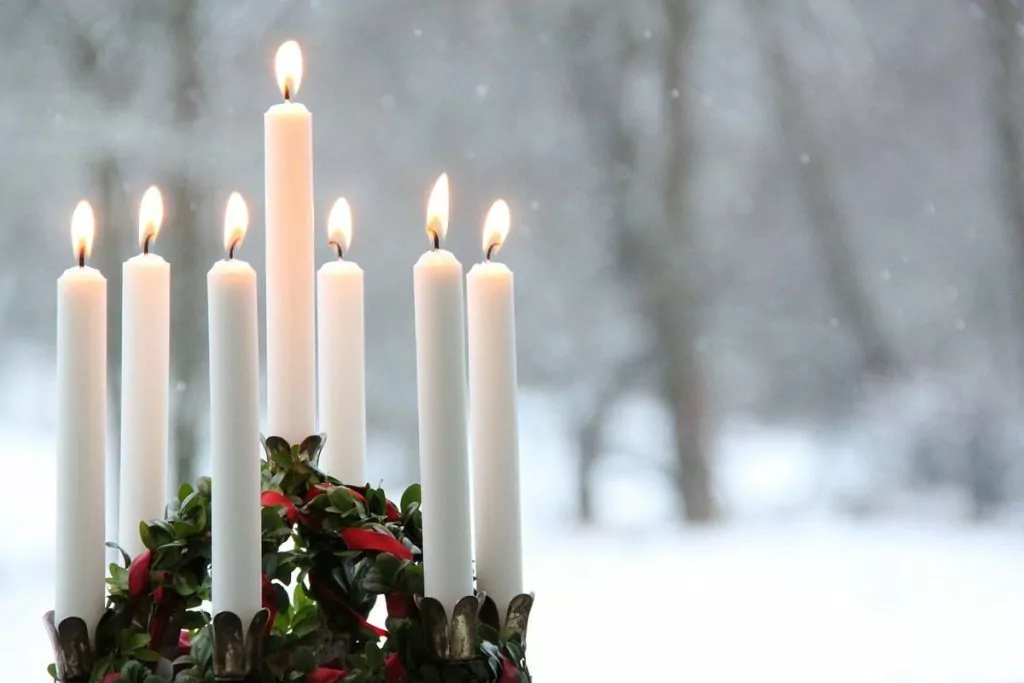
More interesting facts about Lucia?
Do you have more interesting facts about Lucia to share? If so, please leave a comment in the comments section!


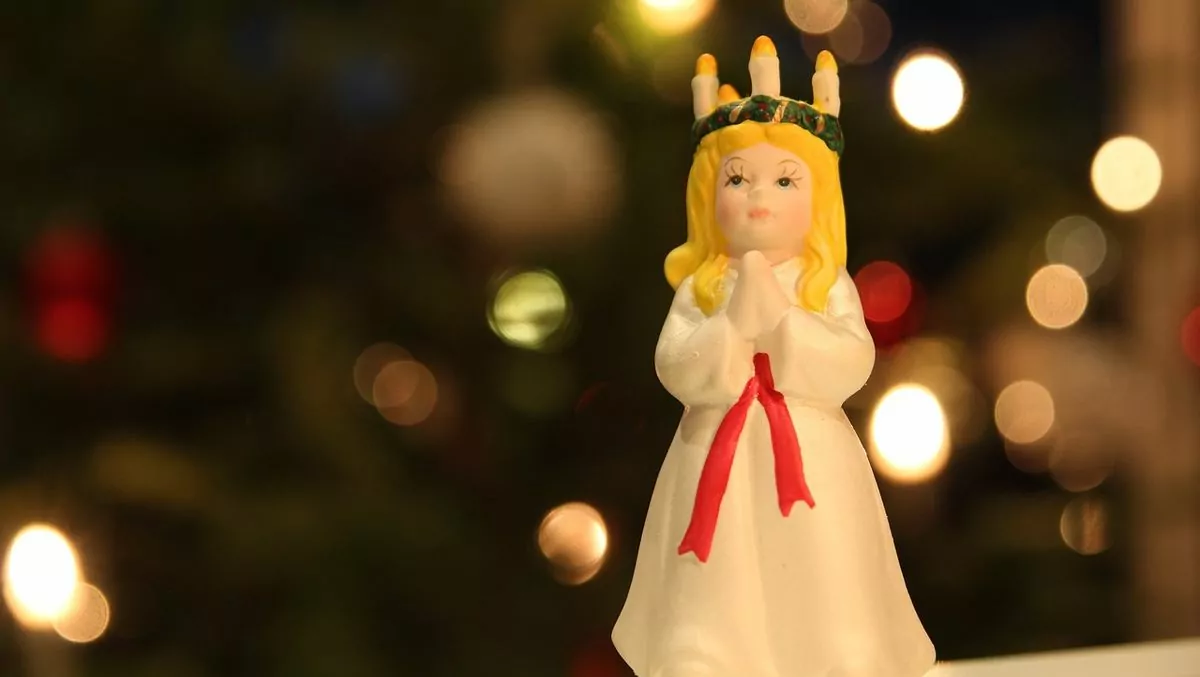














Snows says:
I don't have much more to contribute, but when we were in Sicily we of course visited the Syracuse Cathedral where relics from Lucia are located. An interesting visit.
Wishing you a great Lucia!
13 December 2022 - 9:32
Helena says:
How interesting! Thank you for telling us! 🙂 We visited Syracuse itself many years ago, but then we missed the relics unfortunately.
14 December 2022 - 8:40
Mr Nils-Åke Hansson says:
A fine tradition, which should live on.
13 December 2022 - 14:10
Helena says:
It's a great tradition! I think many Swedes love it, so I'm convinced that it will live on 🙂.
14 December 2022 - 8:47
BP says:
As I have said so many times - Blogglandia is a living encyclopaedia. For once I was on the ball, i.e. I knew most of what you wrote. I remember so well the outcry when the little dark-skinned boy in the Åhléns advert appeared. At the time I thought that Åhléns was ahead of its time, but obviously not ...
13 December 2022 - 19:46
Helena says:
Times are changing and it's easy to think that things have always been a certain way, but traditions change over time... 😉.
15 December 2022 - 22:02
Lena+in+Wales+and+Spain says:
Very interesting post. I knew some of it but not all of it.
Didn't realise the origin was from western Sweden.
Nor that men could also be Lucians in the past.
Yesterday I was at a lusse celebration in my community and we talked about saffron in the lusse cakes and several people said that they did not have saffron in the lusse cakes in their childhood (pensioners). I myself do not remember.
Take care!
14 December 2022 - 10:24
Helena says:
Glad you liked the post! When I was little, my mum always baked half the batch with saffron and half without... 😉.
15 December 2022 - 22:04